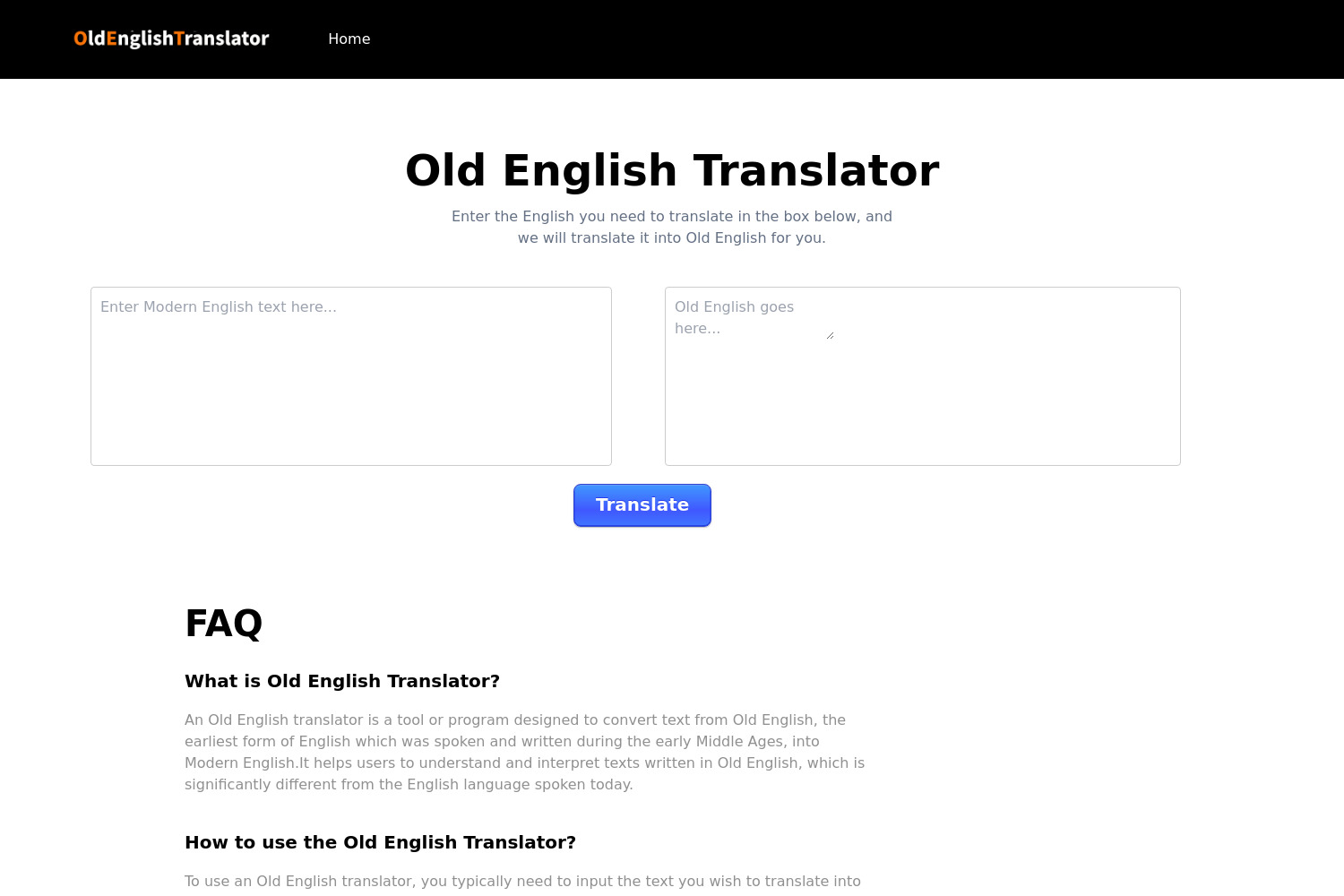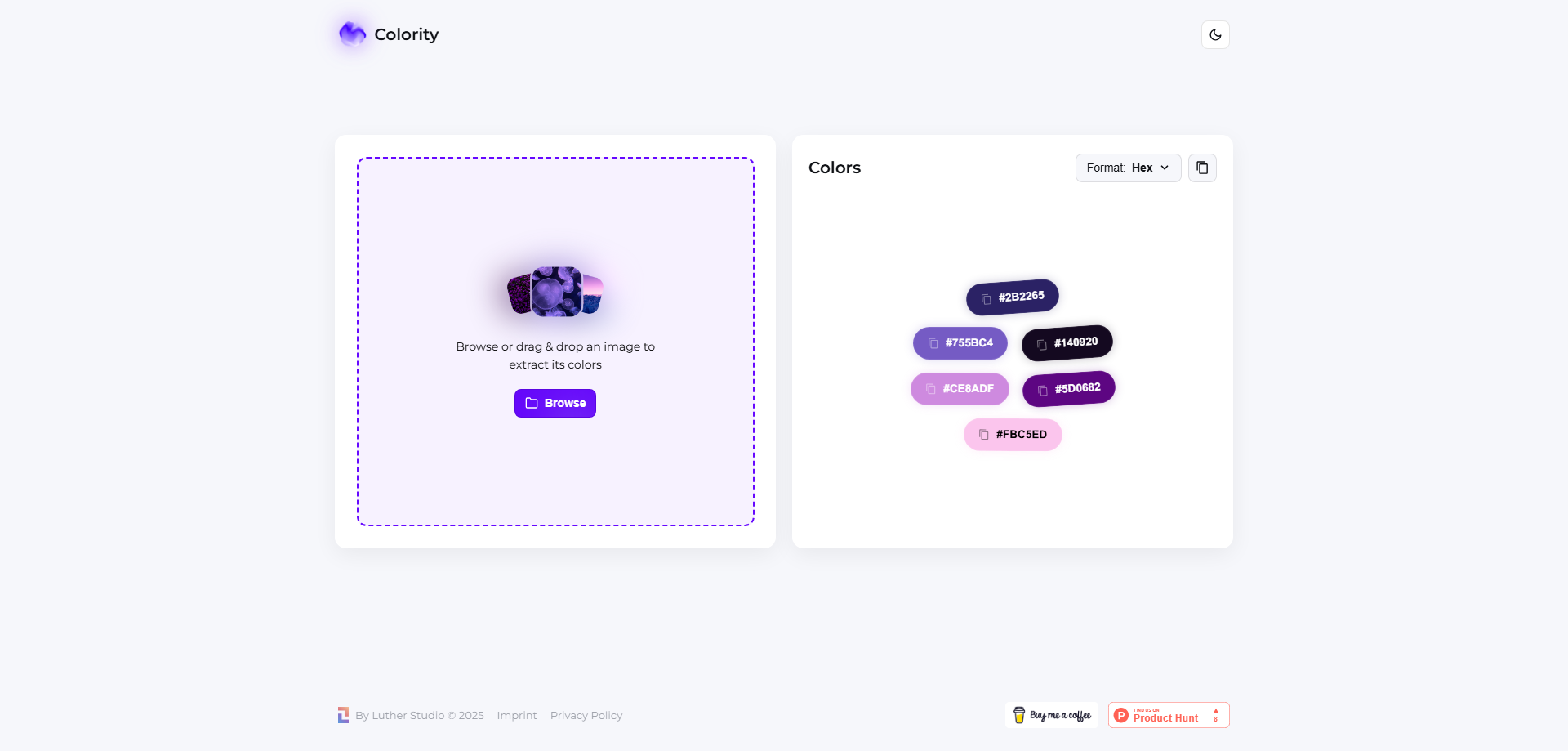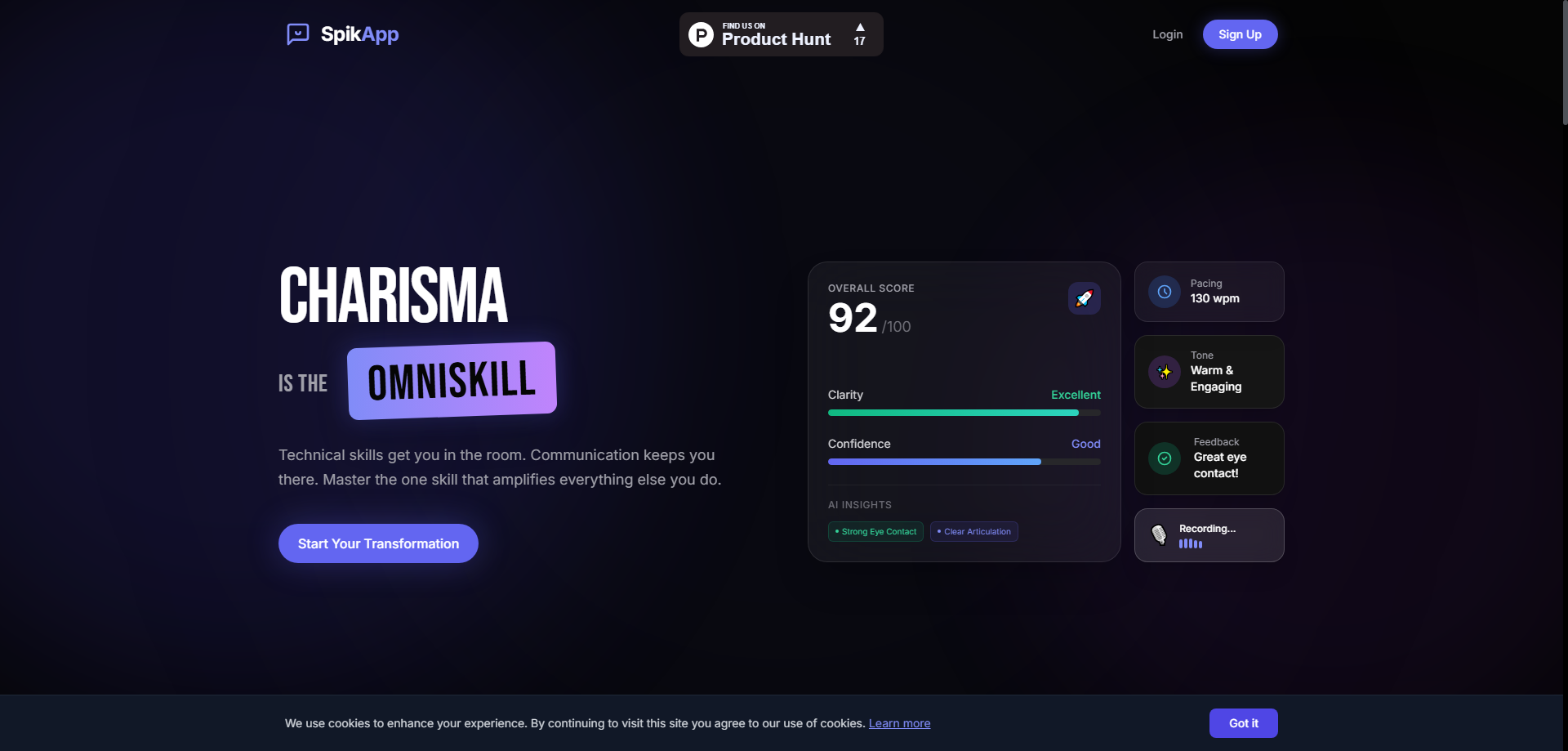Old English Translator Introduction
Old English Translator is an AI-powered tool designed for enthusiasts of historical linguistics and literature. It allows users to convert modern English text into Old English, providing an authentic glimpse into the language of the Anglo-Saxons. The interface is straightforward: users simply enter their text, and the translator generates the Old English equivalent. This tool is particularly useful for students, researchers, and writers who wish to explore or incorporate Old English in their work. By leveraging advanced natural language processing algorithms, Old English Translator ensures accurate and contextually appropriate translations, bridging the gap between contemporary and ancient language.
Old English Translator Features
The Old English Translator is an AI-powered tool designed to convert Modern English text into Old English. This tool is particularly useful for historians, linguists, literature enthusiasts, and anyone interested in the Anglo-Saxon period. Below is a detailed overview of its main features and functionalities.
Main Features
Text Translation
- Functionality: Users can input Modern English text into a designated box, and the tool will translate it into Old English.
- Usage: Simply enter the text in the provided input field and receive the translated text in the output field.
- Example: Input "Hello, how are you?" and receive "Hāl, hū eart þū?"
User Interface
- Functionality: The interface is straightforward and user-friendly, designed to facilitate easy translation without requiring any prior knowledge of Old English.
- Usage: Navigate to the website, enter the text, and view the translation instantly.
- Example: The input and output fields are clearly marked, making it easy to understand where to type and where to read the translation.
Educational Resource
- Functionality: The tool serves as an educational resource for those learning about Old English, providing accurate translations that can be used for study and research.
- Usage: Use the translations to compare with Modern English, aiding in the understanding of Old English grammar and vocabulary.
- Example: Translate sentences from historical texts to see how they would be written in Old English.
Historical Context
- Functionality: The tool provides context about Old English, its origins, and its usage, helping users understand the historical significance of the language.
- Usage: Access additional information on the website to learn more about the history and development of Old English.
- Example: Read about how Old English originated from the Germanic tribes and evolved over time.
Advantages
- Ease of Use: The simple interface makes it accessible to users of all levels, from beginners to experts.
- Educational Value: Provides a practical way to learn and understand Old English, enhancing historical and linguistic knowledge.
- Instant Results: Translations are provided instantly, saving time and effort for users.
Disadvantages
- Accuracy Limitations: As with any automated translation tool, there may be occasional inaccuracies or nuances that are not perfectly captured.
- Context Sensitivity: The tool may struggle with idiomatic expressions or context-specific meanings that are common in Modern English.
Conclusion
The Old English Translator is a valuable tool for anyone interested in the Anglo-Saxon period and the Old English language. Its user-friendly interface and educational resources make it an excellent choice for both casual users and serious scholars. While it may have some limitations in accuracy and context sensitivity, it remains a highly useful resource for translating and understanding Old English.








